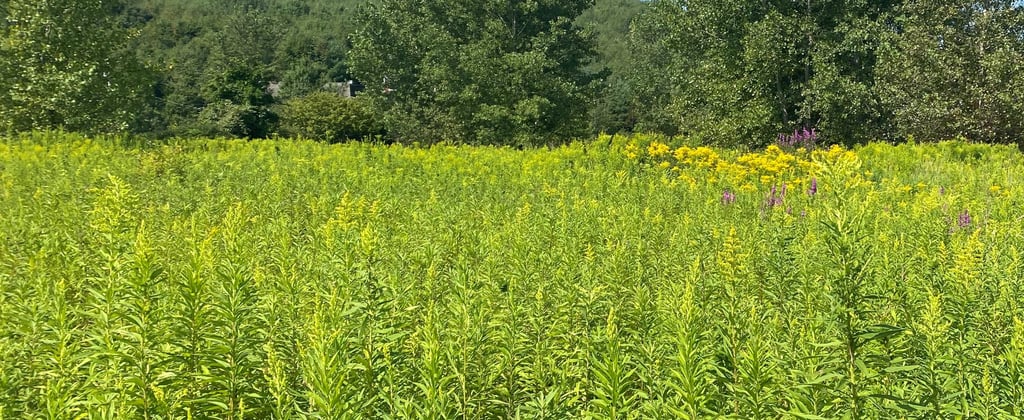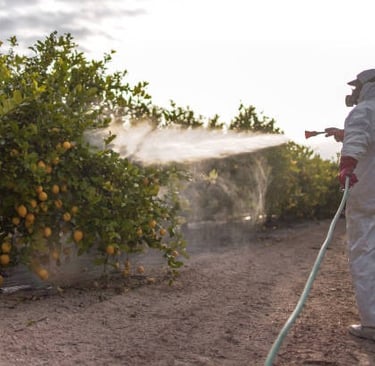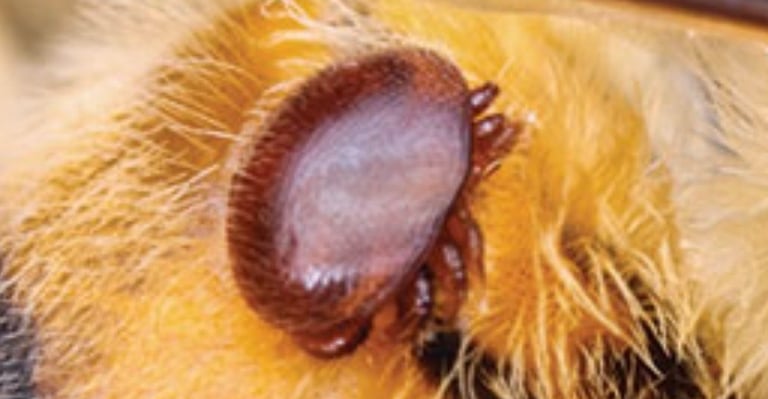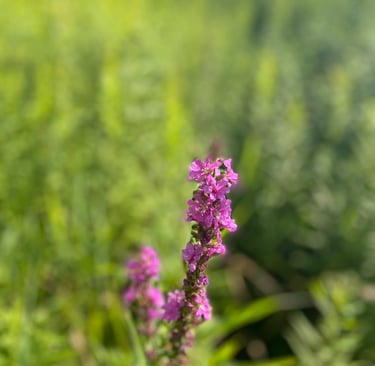The Top 5 Threats to Pollinators in the U.S. — and How You Can Help
Paul Usera
10/22/20254 min read
Pollinators like bees, butterflies, bats, and hummingbirds are essential for healthy ecosystems and for pollinating a huge portion of the foods we eat. But across the U.S., their numbers are falling. Here are the top five threats — and simple actions you can take to make a difference.
1. Habitat Loss and Fragmentation
Pollinators need places to feed (flowering plants for nectar/pollen), places to nest or overwinter (ground-nesting bees, cavity-nesting bees, butterflies’ host plants) and connectivity (to move, forage, reproduce). According to the U.S. Fish & Wildlife Service, one of the major threats is that “habitat that pollinators need … are shrinking … Many species of bees and other pollinators have experienced large drops in numbers.
Large areas of native vegetation are replaced by roads, lawns, mono-crops, or non-native turf, leaving few places for pollinators to thrive.
Fragmentation is also a problem: remaining patches of suitable habitat may be isolated, reducing movement and genetic flow for pollinators.
How you can help
Plant native flowering plants (especially species that bloom at different times of year) so pollinators always have something to feed on.
Reduce lawn area and replace with flowering meadows, wildflower strips, or native shrubs.
Create nesting habitat: leave bare patches of ground for ground-nesting bees, provide hollow stems or “bee hotels” for cavity-nesters.
Connect habitat: even small gardens or landscape patches help if you offer stepping stones for pollinators moving through suburban/urban areas.
2. Pesticide Use (and Other Chemical Exposure)
Pesticides, particularly insecticides (including neonicotinoids) but also fungicides/herbicides affecting plant‐pollen quality, can be extremely harmful. The Environmental Protection Agency (EPA) notes that one of the major factors in pollinator health decline is “pesticide exposure.”
For example:
Pollinators may encounter toxic residues when foraging on treated plants.
Drift from treated fields can affect neighboring wildflower corridors.
Non‐toxic but plant changes (sterile hybrids, double‐flowered ornamentals) can reduce pollen/nectar quality.
How you can help
If you use pesticides, choose the least harmful options, apply only when absolutely necessary, and avoid blooming periods when pollinators are active.
In your garden/yard, reduce or eliminate insecticide/herbicide use; favor integrated pest management (IPM) approaches.
Choose plants that are not treated with neonicotinoids (many nurseries now label accordingly).
Support policy or community campaigns that promote “pollinator-safe” pesticide policies.
3. Parasites, Pathogens & Disease
Just like other animals, pollinators suffer from parasites, pathogens (viruses, fungi, bacteria) and this stress is often compounded by other threats (poor nutrition, habitat loss, chemical exposure). For instance, the EPA highlights pests (such as the Varroa mite) and pathogens as major health risks for bees. Even wild, non-honey-bee pollinators face disease risks.
How you can help
If you keep bees (or know someone who does), ensure good hive management, monitor for mites/disease.
Encourage the planting of high-diversity native plants to support strong pollinator nutrition (better nutrition = stronger immune systems).
Support research and monitoring of pollinator health (citizen science, local conservation groups).
4. Climate Change and Shifting Phenology
Climate change affects pollinators in many ways: shifts in temperature and rainfall, extreme weather, changes in when/where flowers bloom (phenology), and mismatches between pollinator activity and flower availability. The USFWS notes warming causes flowers to bloom earlier—which can mean pollinators miss feeding opportunities.
Additionally, some pollinators (e.g., cooler‐climate bumble bees) may suffer as warming squeezes their suitable habitat range.
How you can help
Plant a wide range of native plants with different bloom times (early, mid, late season) so food is available throughout changing conditions.
Create micro-habitats with shade, moist soil or appropriate nesting spots to buffer some of the climate extremes.
Support local conservation efforts and habitat restoration that improves resilience of ecosystems (less monoculture, more native habitat).
Reduce your personal carbon footprint (transportation, energy use, consumption) — every piece helps in the big picture.
5. Invasive Species and Non-Native Plants
Invasive plants can crowd out the native flowers that pollinators rely on, changing the landscape of food and shelter. The disruption of native plant/pollinator interactions and the introduction of “invader” species thus poses a real threat.
How you can help
Plant native species in your garden and avoid invasive or non-native ornamentals that offer little for pollinators.
Remove or control invasive plant species on your property if you’re able (with safe practices).
Support and participate in local citizen science or land-management efforts that aim to restore native plant communities.
Educate neighbors, homeowner associations or landscaping firms about the importance of native plants for pollinators.
Final Thoughts
It might seem like a lot of threats to overcome, but the good news is: you can help, right where you live. Whether you’re in a city garden, a suburban lawn, or a rural yard, your action matters. When we work at the level of individual choices — plants we choose, chemicals we avoid, habitat we create — those add up to healthier landscapes for pollinators.
Pollinators carry out one of nature’s most important services: bringing pollen from flower to flower so seeds grow, plants reproduce, ecosystems thrive, and we eat. Let’s give them the chance they deserve.


A meadow of native goldenrod at Hollow Brook Farm, Brimfield, MA.


Worker applying pesticide.


Varroa destructor mite on a honey bee.


Invasive purple loosestrife.
